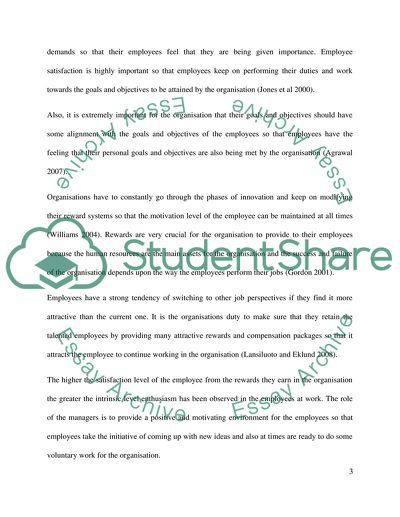Cite this document
(The Role of Reward System Assignment Example | Topics and Well Written Essays - 2250 words, n.d.)
The Role of Reward System Assignment Example | Topics and Well Written Essays - 2250 words. Retrieved from https://studentshare.org/social-science/1749075-the-role-of-reward-system
The Role of Reward System Assignment Example | Topics and Well Written Essays - 2250 words. Retrieved from https://studentshare.org/social-science/1749075-the-role-of-reward-system
(The Role of Reward System Assignment Example | Topics and Well Written Essays - 2250 Words)
The Role of Reward System Assignment Example | Topics and Well Written Essays - 2250 Words. https://studentshare.org/social-science/1749075-the-role-of-reward-system.
The Role of Reward System Assignment Example | Topics and Well Written Essays - 2250 Words. https://studentshare.org/social-science/1749075-the-role-of-reward-system.
“The Role of Reward System Assignment Example | Topics and Well Written Essays - 2250 Words”, n.d. https://studentshare.org/social-science/1749075-the-role-of-reward-system.


